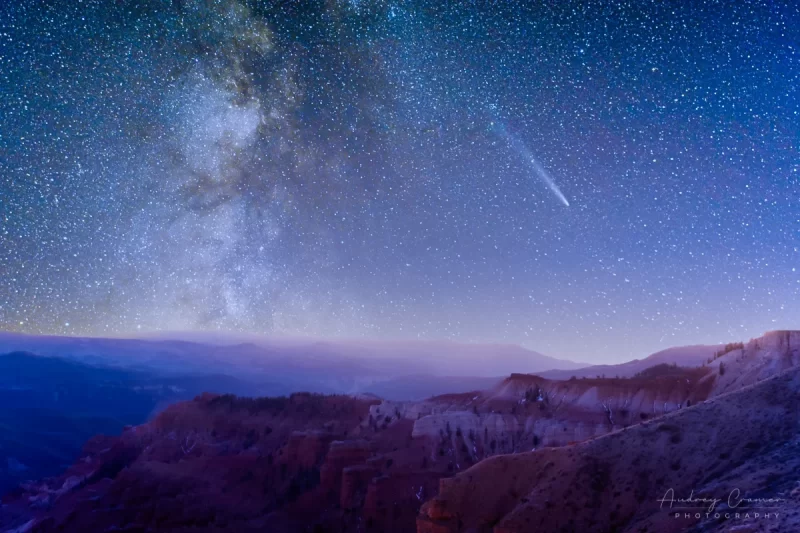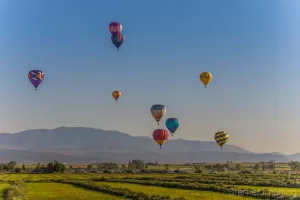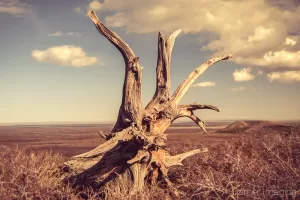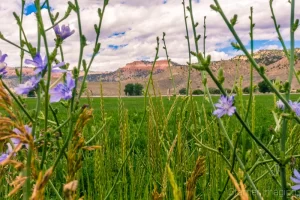Lately, a comet has graced the skies of the northern and southern hemispheres. It’s returning back from its slingshot around the sun. If you couldn’t already tell, it’s also been all the rage in astrophotography circles. This includes astro-landscape photography as well. Of course, I wanted my shot at the comet. So, I found some time in my schedule for a night shoot and went out to photograph the Tsuchinshan-ATLAS comet. Here’s what I came back with.
I learned about this comet visiting our local solar system neighborhood when it was peaking around mid-October. Photos of it started showing up on social media. So, I started researching and planning. I learned that it was visible after sunset in the western skies. So, I planned accordingly.
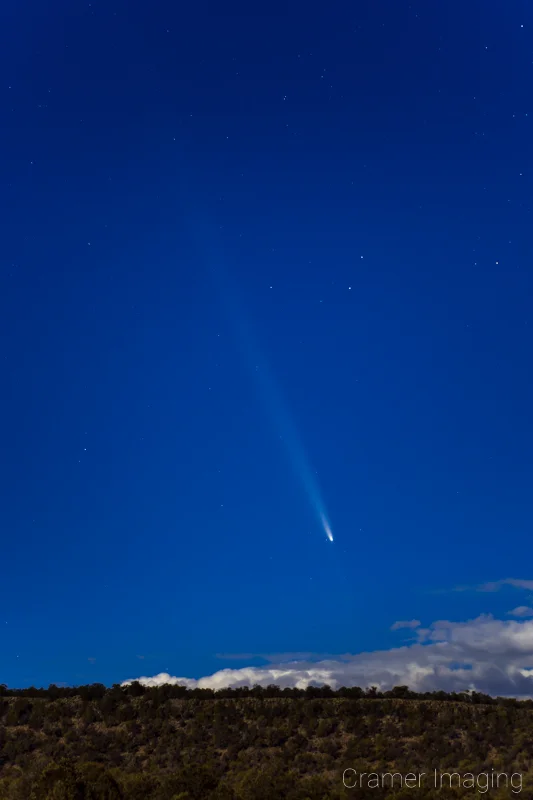
This comet was indeed bright enough to see with the naked eye. However, you did need to accustom your eyes to the dark before you could discern the wispy streaks of its tail across the sky. Even then, you might need to look away and use the rods in your eyes to locate the dust cloud before you could pinpoint it. A long camera exposure of the sky would also help pinpoint the comet (that’s how I found it the first time). Still, it made for an interesting show in the sky to photograph.
It wasn’t anywhere near comparable to the Hale-Bopp comet I observed in the 1990’s. However, you could still see the Tsuchinshan-ATLAS comet with the naked eye. That’s better visibility than most announced comets lately. Those often require at least binoculars or even a telescope to see. The Tsuchinshan-ATLAS comet was a vast improvement over those comets in that way.
My first attempt was during the peak. The comet was about as close to Earth as it would be on its return voyage. This meant maximum brightness but short duration of visibility as it quickly dropped below the horizon. If I waited a bit later, then it would remain above the horizon for longer. The trade-off is that it wouldn’t be as bright.
Knowing this and that it would appear in the west, I chose a western-facing landscape scene to try for. When the opportunity came again to shoot the Tsuchinshan-ATLAS comet, I pulled out my camera and went for it.
With this second photo, the comet is further away from Earth and not as clearly defined as before. Still, it appeared so close to the Milky Way core that I couldn’t hesitate from including the core with the comet in frame. As Milky Way season is almost over for the year, this was a fortunate pairing for me. Cedar Breaks National Monument provided the foreground landscape.
It was a cold and windy time atop the mountains at Cedar Breaks. I didn’t expect it would be that cold yet. Also, I didn’t expect the season’s first snow from the week prior would still be sitting there. Astrophotography certainly requires more planning for inclement weather during the shoulder seasons.
Now, as the Tsuchinshan-ATLAS comet departs for the Oort Cloud, I will continue to have these beautiful photos to remember it by. So reader, what do you think of these astro-landscape photos and my take on the Tsuchinshan-ATLAS comet? Please share your thoughts in the comments section below.

